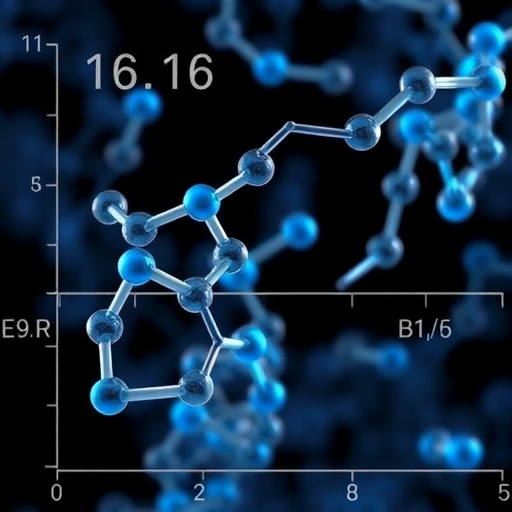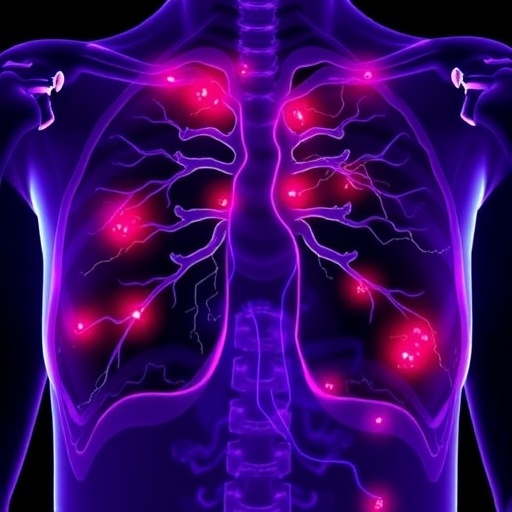In a study published in Environment International researchers at Karolinska Institutet in Sweden show how PFAS industrial chemicals, which are used in many consumer products, pass through the placenta throughout pregnancy to accumulate in fetal tissue. Further research is now needed to ascertain the effect that highly persistent PFAS chemicals have on the fetus.
The PFAS (perfluoroalkyl substances) group comprises thousands of human-made chemicals, which, thanks to their water- and grease-resistant properties, are used in everything from frying pans and food packaging to clothes, cleaning agents and firefighting foams.
“We’ve focused on six of these PFAS substances and found that all appear to the same extent in fetal tissue as in the placenta,” says Richelle Duque Björvang, doctoral student at the Department of Clinical Science, Intervention and Technology, Karolinska Institutet. “So when the baby is born, it already has a build-up of these chemicals in the lungs, liver, brain, and elsewhere in the body.”
PFAS levels were highest in the lung and liver tissue, in some cases as high as in adults, and lowest in the brain. The study included tissue samples from 78 embryos and fetuses aged 7 to 42 weeks, sourced from biobanks in Sweden and Denmark.
Amongst the six PFAS substances studied were PFOS and PFOA, which are the best known. PFOS was banned by the EU in 2008, and at the start of the year the European Food Safety Authority sharpened its appraisal of PFOS and PFOA and lowered the tolerable daily intake thousandfold.
“This shows how important it is for more research to be done on the health effects of different chemicals, especially in the longer term,” says Pauliina Damdimopoulou, senior researcher at the Department of Clinical Science, Intervention and Technology. “Today’s threshold values are based on an adult population rather than fetuses, which are much more susceptible.”
The accumulation of PFAS substances was also higher in male fetuses than female.
“We know that there are slight differences in the function of the placenta depending on the sex of the fetus, which is something we need to do more studies on in relation to impact on fetal chemical exposures,” says Dr Damdimopoulou. “We also need to find out what effects these substances have on different fetal organs.”
PFAS substances have been used since the early 1900s and are ubiquitous in our environment.
“The main source of PFAS substances today is food, in the form of fish, milk, meat and eggs, or in the drinking water, if you happen to live in a polluted area,” continues Dr Damdimopoulou. “We ingest them as a cocktail of substances that can also interact with each other. It would be in line with the precautionary principle in the restriction of chemical substances to make sure that all PFAS substances disappear from our society.”
###
The study was conducted in collaboration with researchers from Copenhagen University and Rigshospitalet, and was financed by the EU ReproUnion project, the Novo Nordisk Foundation, Formas (the Swedish Research Council for Environment, Agricultural Sciences and Spatial Planning) and the Jane and Aatos Erkko Foundation.
Publication: “Concentration of perfluoroalkyl substances (PFASs) in human embryonic and fetal organs from first, second, and third trimester pregnancies”. Linn Salto Mamsen, Richelle D. Bjo?rvang, Daniel Mucs, Marie-Therese Vinnars, Nikos Papadogiannakise, Christian H. Lindh, Claus Yding Andersena and Pauliina Damdimopoulou. Environment International, online 24 January 2019, doi: 10.1016/j.envint.2019.01.010.
Media Contact
Press Office, Karolinska Institutet
[email protected]
http://dx.




